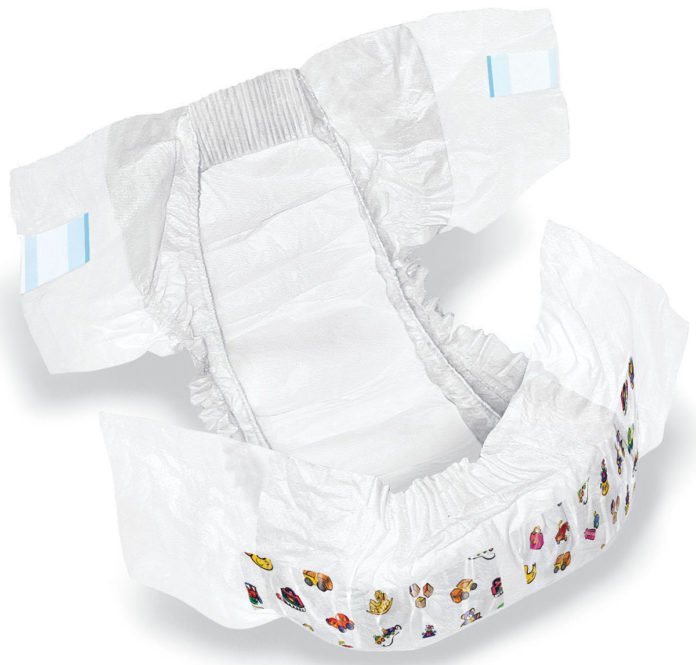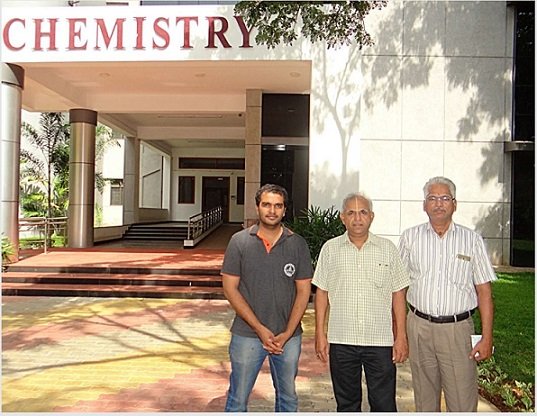Disposable diapers are a mom’s best friend and one of the Earth’s worst enemies. Diapers contain super-absorbing polymers (SAPs) which can absorb and retain a large quantity of liquid. However, they are made of synthetic materials which are non-biodegradable. Safe disposal of used diapers is thus a major environmental problem.
In addition, diapers are one of the largest contributors to landfills. And we don’t really know how long it takes for them to decompose.
To address, this problem, scientists at the IIT Madras have developed a biodegradable superabsorbent polymer using chitosan obtained from seafood waste, citric acid, and urea. The polymer holds the potential to absorb maximum 1250 gm of water for each gram of the polymer.
The combined all the materials in the ratio of 1:2:2 and heated in the container at 100 degrees C to form a highly viscous and porous, cross-linked gel denoted as CHCAUR.
Comparing with the existing commercial diapers, scientists found that CHCAUR is about eight times super absorbing. It has a crosslinked polymer structure with the polymer gel.
Scientists used various techniques including solid-state nuclear magnetic resonance, Fourier-transform infrared spectroscopy, and thermogravimetric analysis to understand the properties of the diaper. Using scanning electron microscopy, they confirmed that macropores in the gel surrounded by a fibrous network of chitosan molecules forming an agitated surface.
Abathodharanan Narayanan, another team member said, “We have tested our material as an additive to soil for the growth of some potted plants like chilly, at home, and find that it is enough if they are watered once every four to five days.”
The research team included Prof Raghavachari Dhamodharan, Abathodharanan Narayanan, Ravishankar Kartik, and Elanchezhian Sangeetha (Indian Institute of Technology, Madras). The results of the study have been published in journal Carbohydrate Polymers.

